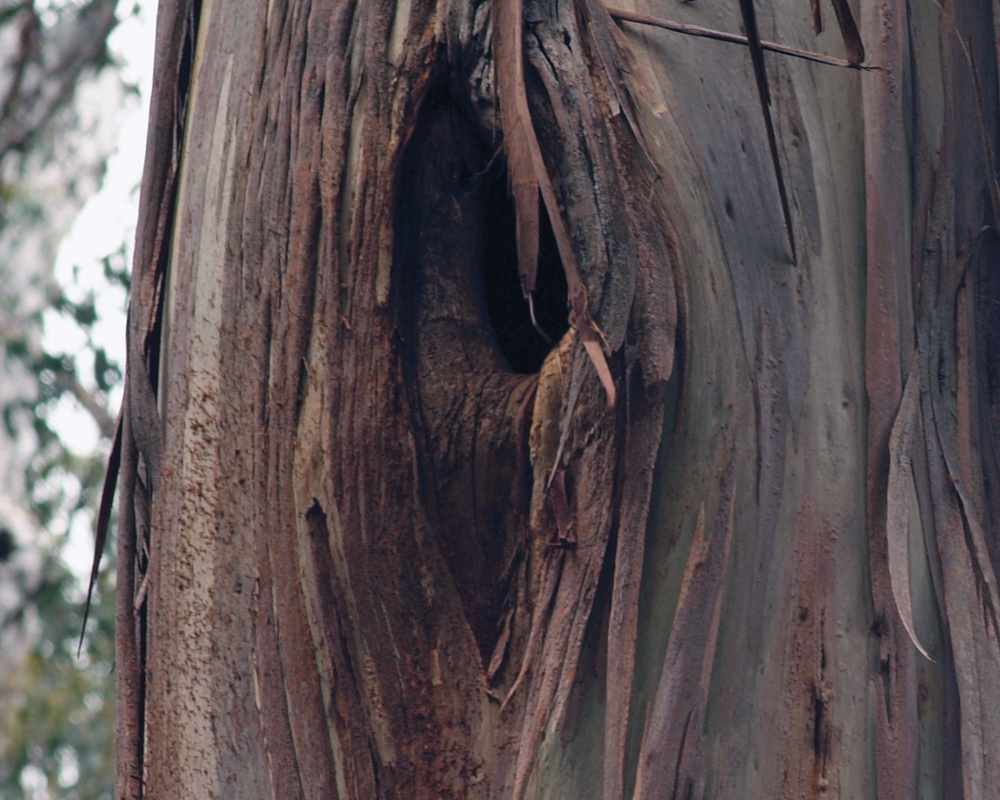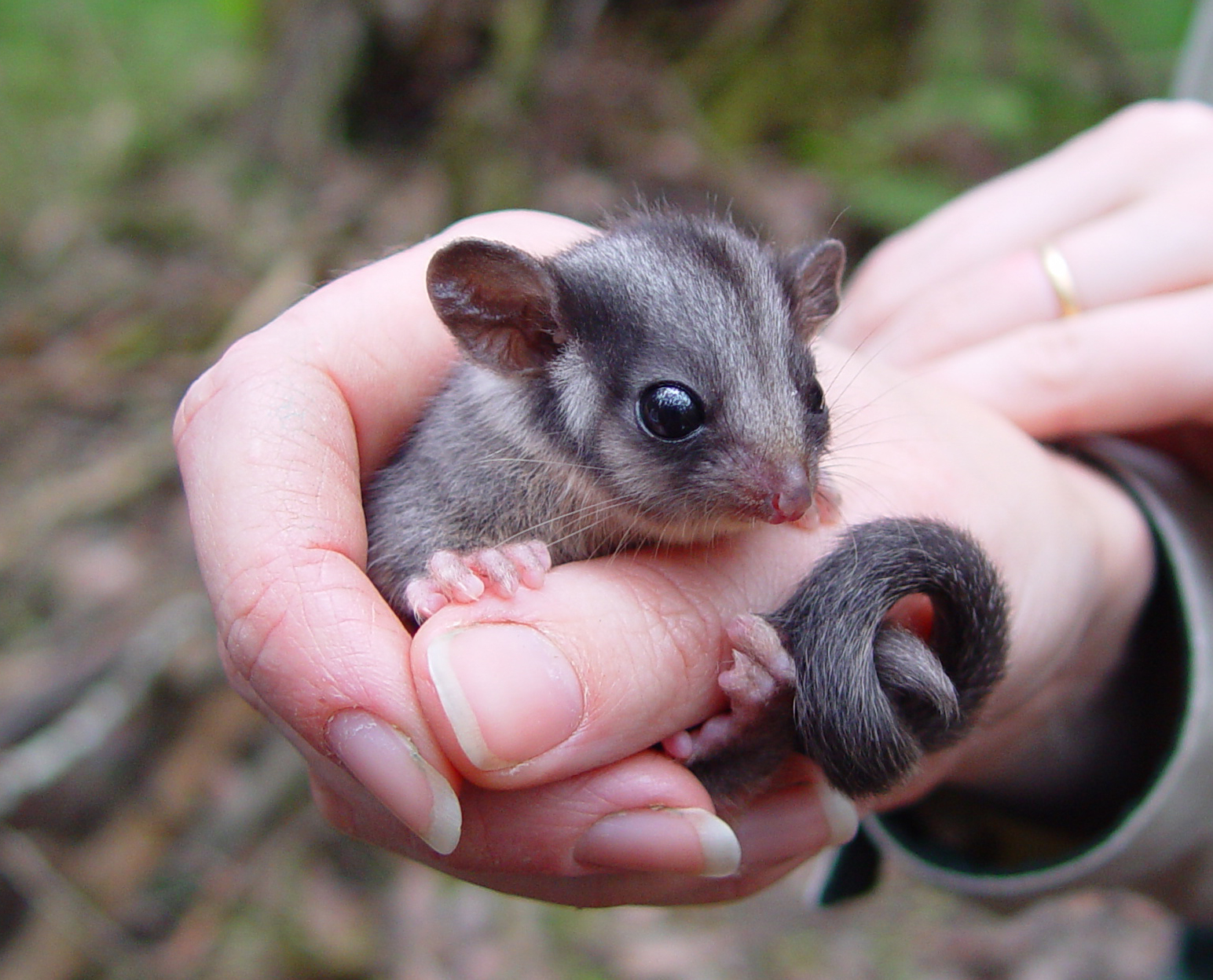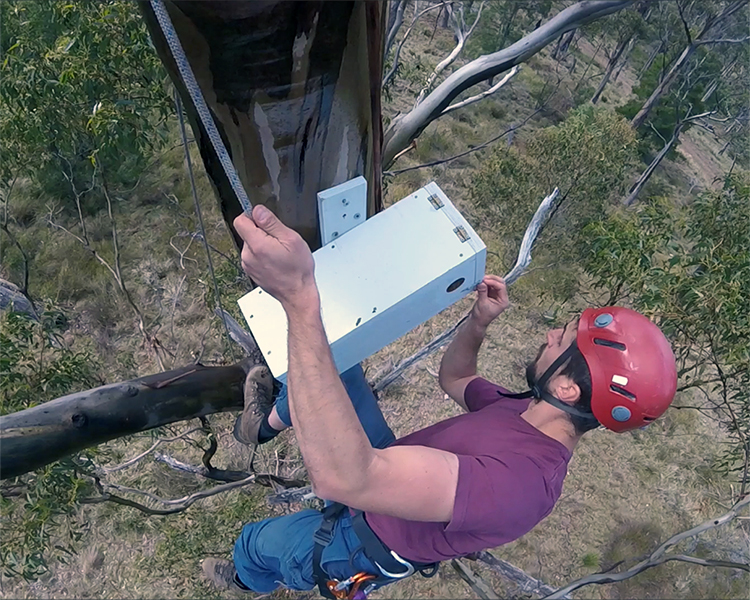
Project: 3.3.4
The conservation of Greater Glider populations in the Victorian Central Highlands
Project Leaders: David Lindenmayer , Sarah Legge
Research in Brief
Greater gliders have declined in many parts of south-eastern Australia, with local extinctions in some areas. They require tree hollows for dens and so are found in forests with large old hollow-bearing trees.
The project focuses on greater glider populations in the mountain ash forests of the Victorian Central Highlands. This project aims to:
- quantify how populations in the focus region are changing across space and over time; and
- identify the factors underpinning the observed changes.
The work will document the effects of fire, landscape change due to logging operations and the rates of large old tree decline in mountain ash forests. These drivers will be explored against a background of environmental factors that can influence the distribution and abundance of the greater glider, including forest age, slope, aspect and climate variables. This project complements other work on the greater glider by the Threatened Species Recovery Hub.
 Greater glider in tree hollow. Photo: Donald Hobern Flickr CC by 2.0
Greater glider in tree hollow. Photo: Donald Hobern Flickr CC by 2.0
Why is the research needed?
Populations of the greater glider have declined in many parts of south-eastern Australia, with some populations like those in Booderee National Park having suffered local and regional extinction. Despite careful monitoring of some populations, the underlying drivers of decline remain unclear. Yet quantifying and better understanding the impacts of key threatening processes is essential for informed conservation and management action.
Long-term monitoring and research in the mountain ash forests of the Central Highlands of Victoria provides some of the best time-series data on the population trends of the greater glider anywhere. At the same time, high quality spatio-temporal data is available on changes in habitat suitability and landscape cover for the past three decades.
This provides a critically important opportunity to quantify relationships between population changes and habitat and landscape attributes, and to better resolve the factors affecting temporal changes in populations. This will help inform strategies for conserving the greater glider, particularly in wood production forests.
How will the research help?
The project will help quantify the factors driving the significant declines in populations of the greater glider that have occurred in the mountain ash and alpine ash forests of the Central Highlands of Victoria over the past 20+ years. The expected outcomes of the research will include new insights into how best to design buffer areas, mid-sized reserves and other protected zones for the conservation of the greater glider.
The research will link with other projects in the Threatened Species Recovery Hub that are examining broader distribution patterns of the greater glider as well as exploring the factors contributing to the decline of the species elsewhere in south-eastern Australia.
The project will:
- Produce a field recognition guide for the greater glider and other species of arboreal marsupials in ash-type eucalypt forests
- Identify population trends in the species
- Produce recommendations for forest managers about how to enhance the conservation management of the greater glider and other species of arboreal marsupials

 Greater glider. Photo: David Cook Flickr CC BY-NC 2.0
Greater glider. Photo: David Cook Flickr CC BY-NC 2.0
What research activities are being undertaken?
The greater glider has been monitored for over 30 years in the Victorian Central Highlands across 180 sites. One of the key survey methods is stagwatch surveys by volunteers supervised by scientists. During the stagwatch, volunteers watch hollow trees (stags) over an hour at dusk (when all arboreal mammals emerge from their den sites) and observe and record animal activity. Ongoing stagwatch surveys will allow current population changes in the mountain ash forests of the Central Highlands of Victoria to be detected and compared with past trends.
As hollow-bearing trees are so critical to the greater glider, we will also investigate trends in the condition and abundance of hollow-bearing trees over time and space. We will also investigate factors affecting hollow- bearing tree populations, including: forest age; environmental attributes of sites; changes in surrounding forest cover; the effects of fire or logging and the interaction of both.
We will investigate how changes in greater glider populations are affected by changes in hollow-bearing tree populations, in particular, whether changes in greater glider populations can be predicted by changes in tree abundance and density.
We will also explore whether changes in greater glider populations mirror changes in other tree-hollow dependent mammals in the Victorian Central Highlands, and if the greater glider could therefore be used as an indicator of trends in other species in that region.
The project will also compare greater glider population trends in mountain ash forests with those in other areas (such as Booderee National Park) to search for common patterns.
 Greater glider. Photo: David Cook Flickr CC BY-NC 2.0
Greater glider. Photo: David Cook Flickr CC BY-NC 2.0
Who is involved?
The project is being led by The Australian National University, who are collaborating with the Victorian Government and other organisations. The project is being strongly supported by a number of environmental non-government organisations including Wild Mob, who assist with organising of a large number of community volunteers who help with the stagwatch surveys.
Where is the research happening?
The research focuses on ash forests in the Central Highlands of Victoria, but also uses data from greater glider populations in other regions of south-eastern Australia.
When is the research happening?
The project will run until 2021.
Further information
Further Information For more information please contact project lead:
David Lindenmayer - david.lindenmayer@anu.edu.au
Top image: Greater glider. Photo: Donald Cook Flickr_CC by NC 2.0











